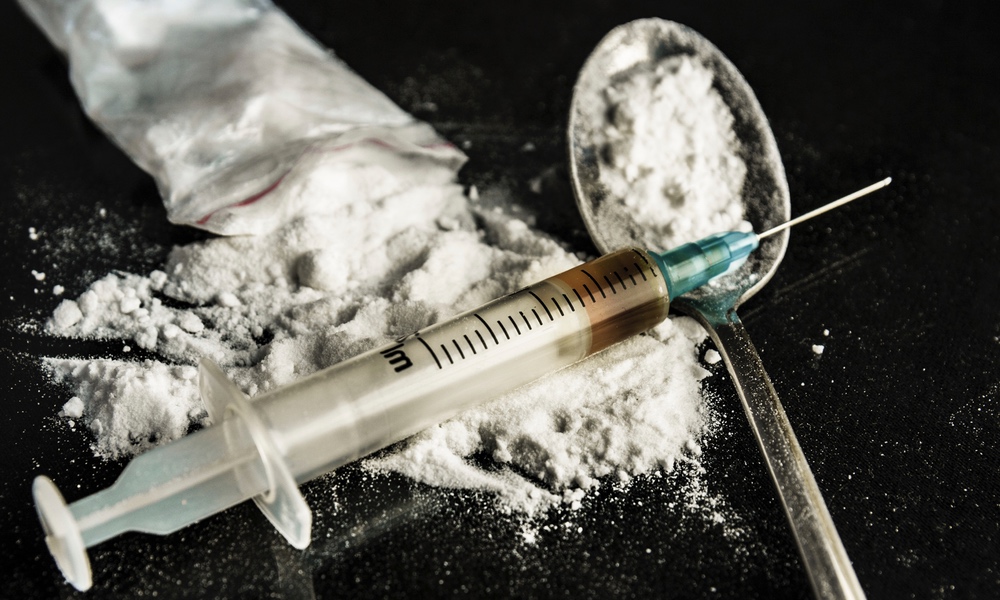There's a good way to tell if a community has a drug problem, or if a drug problem is getting worse. Just look at a surprising source — sewage.
Drugs make their way through users' bodies and get flushed down the toilet, flowing into municipal sewers. Unlike certain people in drug surveys, sewage doesn't lie. It also provides answers much more quickly than most scientific studies based on drug tests. Those can take years to publish; sewage samples can be tested in a day or two.
Europe recognized the potential of monitoring sewage to track drug use as far back as 2010. And while the United States took a little time to follow, Rolf Halden and his colleagues at Arizona State University were quick to adopt the technique.Sewage samples are an as-yet untapped resource for health information.
Sewage analysis is also helpful when street drugs are being cut with dangerous substances such as fentanyl or even rat poison. If there's been a large batch with fentanyl circulating, a sewage test can pick this up faster than hospital records, allowing EMS personnel and hospitals to stock up on naloxone early in the crisis to treat the overdoses.
Samples are usually taken from a wastewater treatment plant and analyzed using liquid chromatography and mass spectrometry to identify the drugs and other agents of interest. It can also be done at the neighborhood level by sampling from local sewer pipes, though that is more expensive.
Sewage samples are an as-yet untapped resource for health information. They can provide information about not just drugs, but about endocrine disruptors in the water and salmonella outbreaks. The information is there, just waiting for public health officials to sniff it out. Studies showing how triclosan and triclocarban built up in sewage sludge were partially responsible for the FDA's decision to ban their use in antibacterial soaps.
You can read more about how sewage testing can help out in the opioid crisis and other facets of public health in, “Sewage Is Helping Cities Flush Out the Opioid Crisis,” published in Scientific American.





